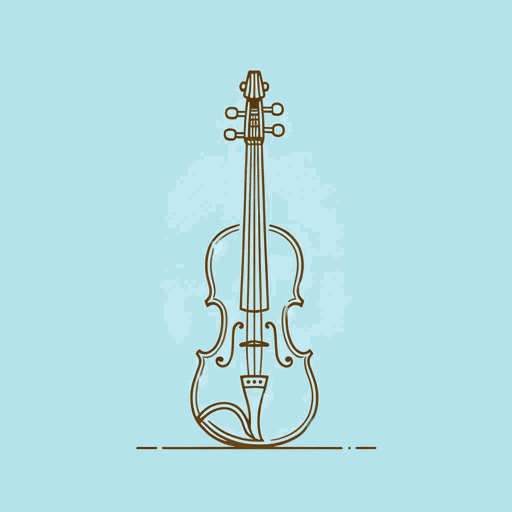80 pages • 2 hours read
Joseph Stein, Sheldon Harnick, Jerry BockFiddler on the Roof
Fiction | Play | Adult | Published in 1964A modern alternative to SparkNotes and CliffsNotes, SuperSummary offers high-quality Study Guides with detailed chapter summaries and analysis of major themes, characters, and more. For select classroom titles, we also provide Teaching Guides with discussion and quiz questions to prompt student engagement.
Reading Context
Use these questions or activities to help gauge students’ familiarity with and spark their interest in the context of the work, giving them an entry point into the text itself.
Short Answer
Briefly research the multiple meanings of the word “diaspora.” From social studies classes, what examples of diaspora can you identify? How might being a part of a diaspora affect a community and culture immediately and in the following decades?
Teaching Suggestion: This question encourages students to think about the concept of diaspora before being introduced to Jewish diaspora. The diaspora of Jewish peoples is a shared experience for many communities throughout history. The combination of the lack of a “homeland” of their own, the antisemitic policies of the powerful Catholic church during the Middle Ages, and stereotypes regarding Jewish people and religion led to European Jewish communities being falsely targeted as scapegoats and instigators of unrelated crimes.
Fiddler on the Roof takes place in 1905 Russia, 12 years prior to the Russian Revolution, which overthrew the Russian Empire and established Lenin’s Communist Soviet Union. This idea of a changing world is referenced by characters in the play; however, despite any progress that Tevye’s family makes in embracing new ideas, Tsar Nicholas II and his antisemitic edicts force the Anatevka community to leave their homes and find sanctuary elsewhere.

